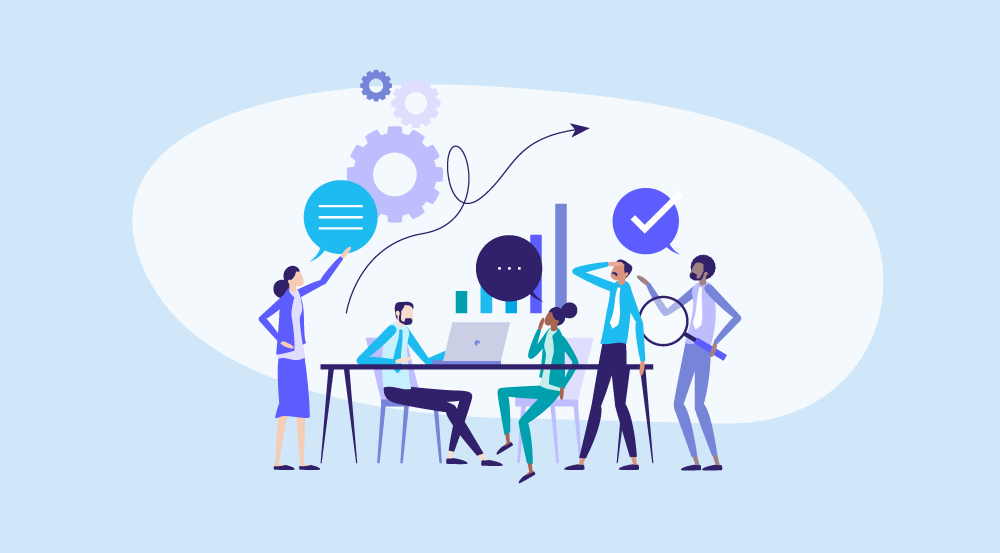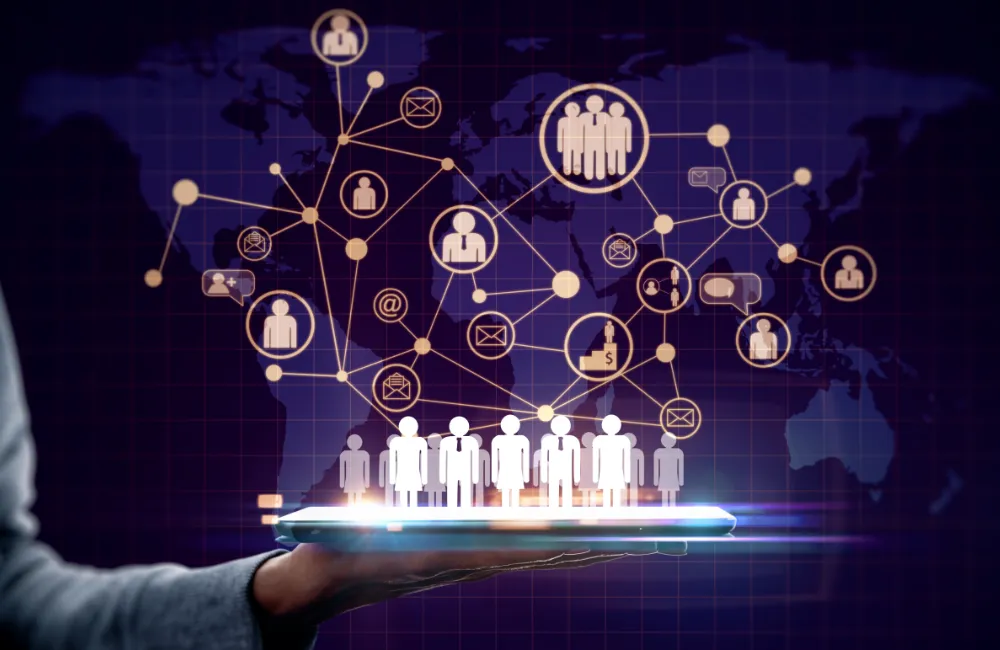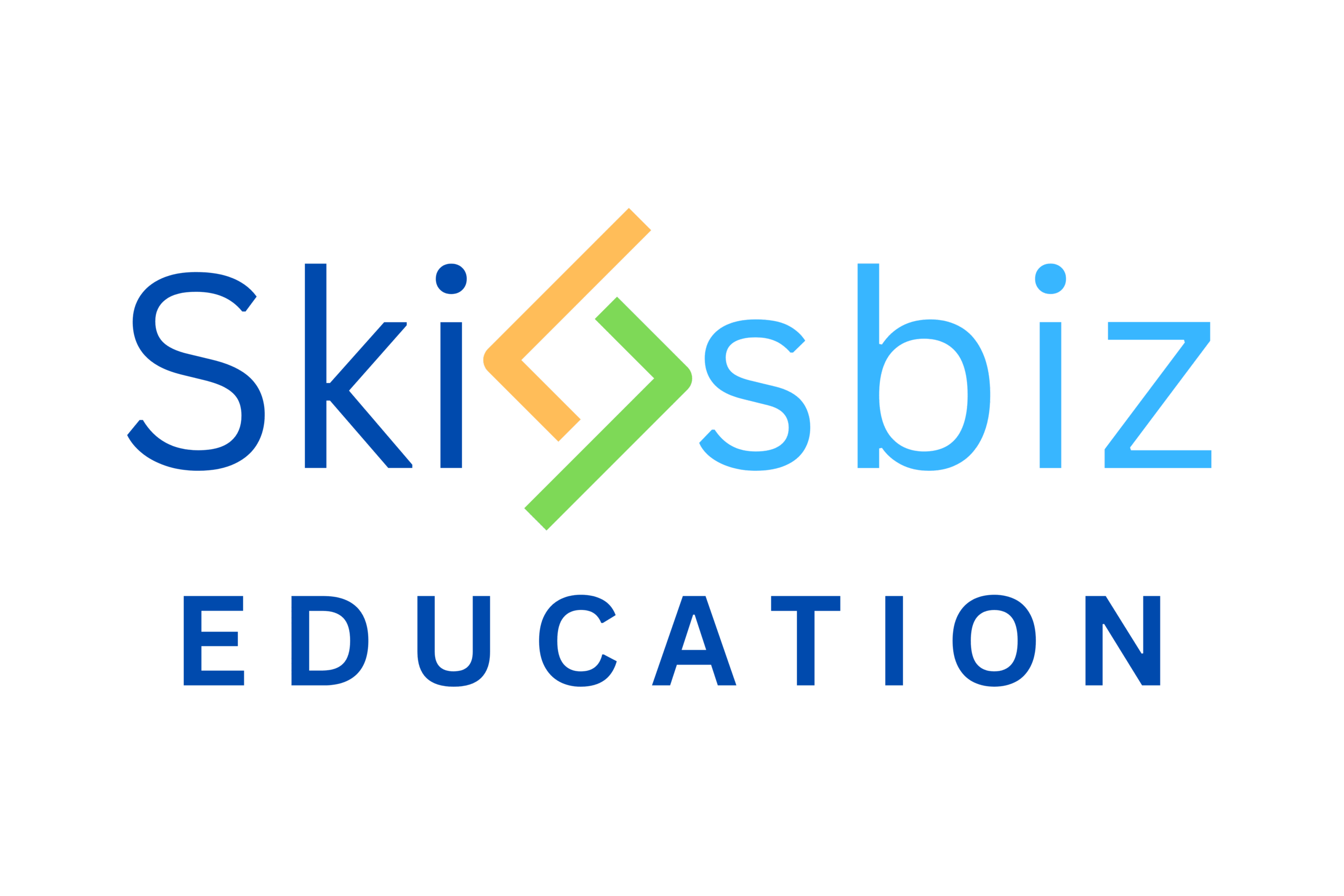In today’s fast-changing world of work, companies no longer depend only on traditional HR methods like paperwork, manual evaluation, and guesswork. Instead, modern organizations use data, analytics, and technology to understand their employees better and make smarter decisions. This change has created a strong demand for professionals who understand HR Analytics—the powerful combination of human resources and data analysis.
HR analytics helps HR teams analyze employee performance, hiring trends, productivity levels, work culture, employee engagement, and even future workforce needs. Because companies want to reduce costs, improve efficiency, and retain their best employees, they now depend heavily on data-driven insights. And this is exactly why an HR Analytics course has become essential for anyone who wants to build a strong career in HR or people management.
In this blog, we will explore what HR analytics is, why it is important, and how learning it can put you ahead in the world of workforce management.
What Is HR Analytics?
HR Analytics, also called People Analytics or Workforce Analytics, is the practice of using data to understand and improve employee-related decisions.
It includes analyzing information like:
- Hiring data
- Employee performance
- Training and development
- Attendance and productivity levels
- Employee satisfaction
- Workplace culture
- Attrition and retention
Instead of making decisions based on assumptions, HR analytics helps companies make scientific, logical, and accurate decisions.
For example, instead of guessing why employees are leaving the company, HR analytics can identify patterns—like workload, low engagement, poor leadership, or lack of growth opportunities—so HR teams can fix the real problem.

Why HR Analytics Matters in Modern Workforce Management
Workforce management today is more complex than ever. Employees expect growth, flexibility, fair pay, and a healthy work environment. At the same time, companies want productivity, loyalty, and efficiency.
HR analytics acts as the bridge between both sides.
Here’s how HR analytics plays a powerful role in modern workplaces:
1. Smarter Hiring Decisions
Hiring the wrong person costs companies time, money, and productivity. HR Analytics helps identify the characteristics of top performers, understand which hiring channels work best, and predict whether a candidate will be a good fit.
Companies can analyze past hiring data to build better recruitment strategies and reduce mistakes in selecting candidates.
2. Understanding Employee Behavior
Employees have different skills, motivations, strengths, and challenges. HR analytics helps HR teams understand what drives each person. This helps in improving team performance, managing conflicts, and supporting employees with personalized solutions.
3. Reducing Attrition
Employee turnover is one of the biggest challenges for companies. HR Analytics helps identify warning signs like declining performance, low engagement, absenteeism, or dissatisfaction. This helps HR take action before the employee decides to leave.
4. Enhancing Productivity
By studying productivity patterns, HR analytics helps identify which teams need support, which processes slow down work, and where automation can help.
5. Supporting Employee Learning & Development
Data shows what skills the workforce lacks. This helps HR plan training programs, workshops, and upskilling initiatives that actually work.
6. Creating a Positive Work Culture
Workplace culture affects employee morale and performance. HR analytics helps organizations understand whether employees feel valued, heard, and supported.
7. Better Workforce Planning
From predicting future hiring needs to planning promotions and leadership development, HR analytics ensures the company is always prepared for the future.
Why an HR Analytics Course Is Crucial Today
With everything becoming digital—from attendance systems to HR software—companies expect HR professionals to understand analytics. An HR Analytics course teaches you how to use tools, techniques, and data methods used in real companies.
Here’s why doing a course is so important:
1. High Industry Demand
Almost every company—from startups to multinational organizations—needs HR professionals who can analyze data and give insights. The demand is increasing every year, and recruiters prefer candidates with analytical skills.
2. Makes You Future-Ready
HR is no longer limited to recruitment and payroll. It’s now a strategic, technology-driven role. Knowing HR analytics prepares you for modern challenges and helps you stay relevant in the job market.
3. Better Career Growth
With HR analytics skills, you can grow into roles such as:
- HR Analyst
- People Analytics Specialist
- Talent Management Expert
- HR Business Partner
- Workforce Planning Manager
- HR Operations Manager
These roles offer higher salaries and leadership opportunities.
4. Helps You Make Data-Based Decisions
A professional who knows how to interpret data becomes a valuable asset to the company. You learn to solve real problems like low productivity, poor employee engagement, high attrition, and slow hiring cycles.
5. Strengthens Your HR Skills
The course improves your understanding of core HR functions, including:
- Recruitment
- Employee training
- Performance management
- Compliance
- Payroll
- Workplace culture
- Organizational behavior
6. Learn HR Tools & Software
The course teaches you to use tools such as:
- Excel (Advanced)
- Power BI
- Tableau
- HRMS systems
- HR dashboards
- Data visualization tools
These tools are used daily by HR teams in modern companies.

How SkillsBiz Education Helps You Master HR Analytics
To learn HR Analytics in the right way, it is important to choose a course that focuses on practical skills, real-world tools, and hands-on experience. SkillsBiz Education ensures learners gain complete knowledge with easy explanations, practical examples, and guided support.
The course covers:
- Fundamentals of HR Analytics
- HR metrics and KPIs
- Creating HR dashboards
- Excel-based HR analysis
- Using Power BI for HR
- Workforce planning
- Predictive analytics
- How to improve recruitment and performance evaluation using data
The workforce has changed, and so has the role of HR. Today’s HR professionals must be strategic, analytical, and tech-savvy. HR analytics is not just a trend—it is the future of workforce management. By learning HR analytics, you gain the power to understand employee behavior, improve organizational productivity, and help companies create a better working environment.
Whether you are a fresh graduate, an MBA HR student, or a working professional, learning HR Analytics can open new career opportunities and make you stand out in job interviews.
With platforms like SkillsBiz Education, you can learn these skills easily and start your journey toward becoming a modern HR professional.





